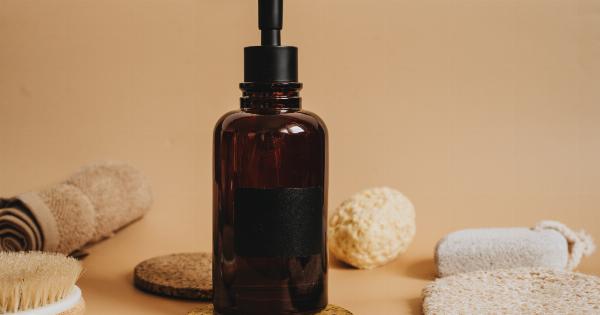Exfoliation is an essential part of any skincare routine. It helps to remove dead skin cells and unclog pores, leaving the skin looking brighter, smoother, and more youthful.
However, over-exfoliating can damage the skin’s natural barrier, causing dryness, sensitivity, and inflammation. So, how frequently should you exfoliate your skin? The answer depends on your skin type and the type of exfoliation method you are using.
Why Exfoliate?
Exfoliating your skin is like giving it a fresh start. It helps get rid of dead skin cells that accumulate on the surface of the skin and can cause your complexion to look dull and lifeless.
Exfoliation helps brighten the skin and stimulates cell turnover, which leads to a more youthful appearance. Additionally, it helps unclog pores giving a smoother texture to the skin and helps slough off dead skin cells to reveal healthier skin underneath.
Types of Exfoliation
There are two types of exfoliation: physical and chemical.
Physical Exfoliation
Physical exfoliation involves using a scrub or exfoliating tool to manually remove dead skin cells. Scrubs can be made using ingredients like sugar, salt, and coffee grounds, while exfoliating tools include brushes, sponges, and facial towels.
It is essential to be gentle while exfoliating and not to apply too much pressure to the skin, as this can cause irritation.
Chemical Exfoliation
Chemical exfoliation involves using acids or enzymes to break down and remove dead skin cells. These products are generally available in the form of serums, toners, or masks.
The most common ingredients used in chemical exfoliation are alpha-hydroxy acids (AHAs) and beta-hydroxy acids (BHAs). AHAs are water-soluble and work by loosening the bonds between dead skin cells, while BHAs are oil-soluble and can penetrate deeper into the pores.
How Often Should You Exfoliate?
The frequency of exfoliation depends on various factors like skin type, sensitivity, and the type of product used. Over-exfoliating can damage the skin, lead to inflammation, and strip away natural oils leading to dryness and sensitivity.
Normal Skin
If you have normal skin, you should aim to exfoliate once or twice a week. Be sure to use a gentle exfoliator as over-exfoliating can cause unnecessary dryness and irritation.
Dry Skin
If you have dry skin, you should exfoliate no more than once a week. Exfoliating too often can further dry out the skin, leading to flakiness and sensitivity.
Oily Skin
If you have oily skin, you can exfoliate up to three times a week using a gentle scrub or chemical exfoliant. This can help remove excess oil and prevent clogged pores.
Combination Skin
Combination skin can be a little tricky as different areas of the face may have different needs. For example, if you have an oily T-zone and dry cheeks, you can exfoliate the T-zone up to three times a week and only once a week on your cheeks.
Sensitive Skin
If you have sensitive skin, you should be extra careful about exfoliation. Use a gentle physical exfoliant or a chemical exfoliant that is specifically formulated for sensitive skin. Start with once a week and see how your skin responds.
If there is any irritation, reduce the frequency further or stop using it altogether.
Conclusion
Exfoliation is an important part of any skincare routine, but it is crucial to do it right. Over-exfoliation can be damaging to the skin, causing dryness, sensitivity, and inflammation.
However, exfoliating too little can lead to a build-up of dead skin cells, causing the skin to look dull and lifeless. The frequency of exfoliation depends on your skin type, sensitivity, and the type of product used. Be sure to choose a product that suits your skin type and exfoliate gently, using soft circular motions.





























